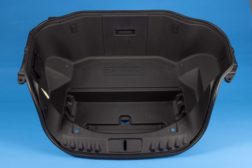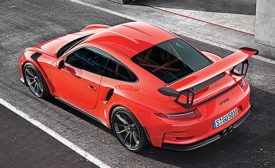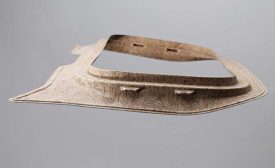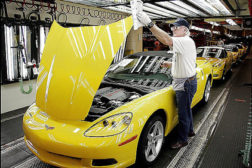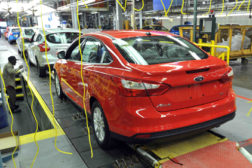Home » Keywords: » automotive weight reduction
Items Tagged with 'automotive weight reduction'
ARTICLES
Get our new eMagazine delivered to your inbox every month.
Stay in the know on the latest assembly trends.
SUBSCRIBE TODAY!Copyright ©2024. All Rights Reserved BNP Media.
Design, CMS, Hosting & Web Development :: ePublishing
